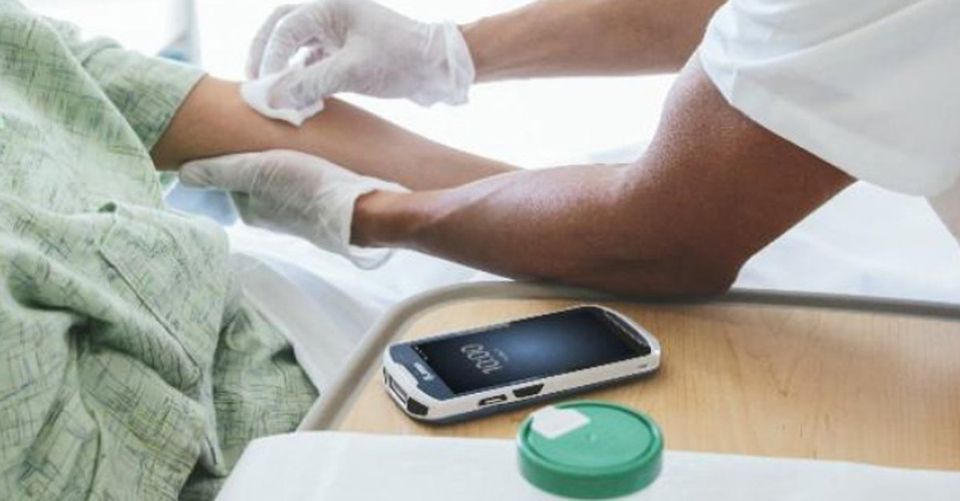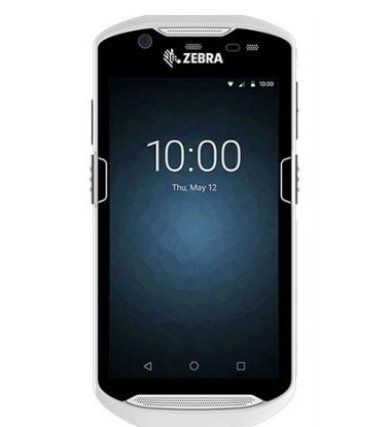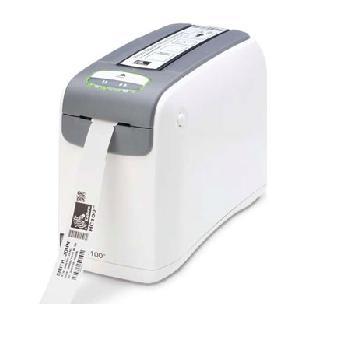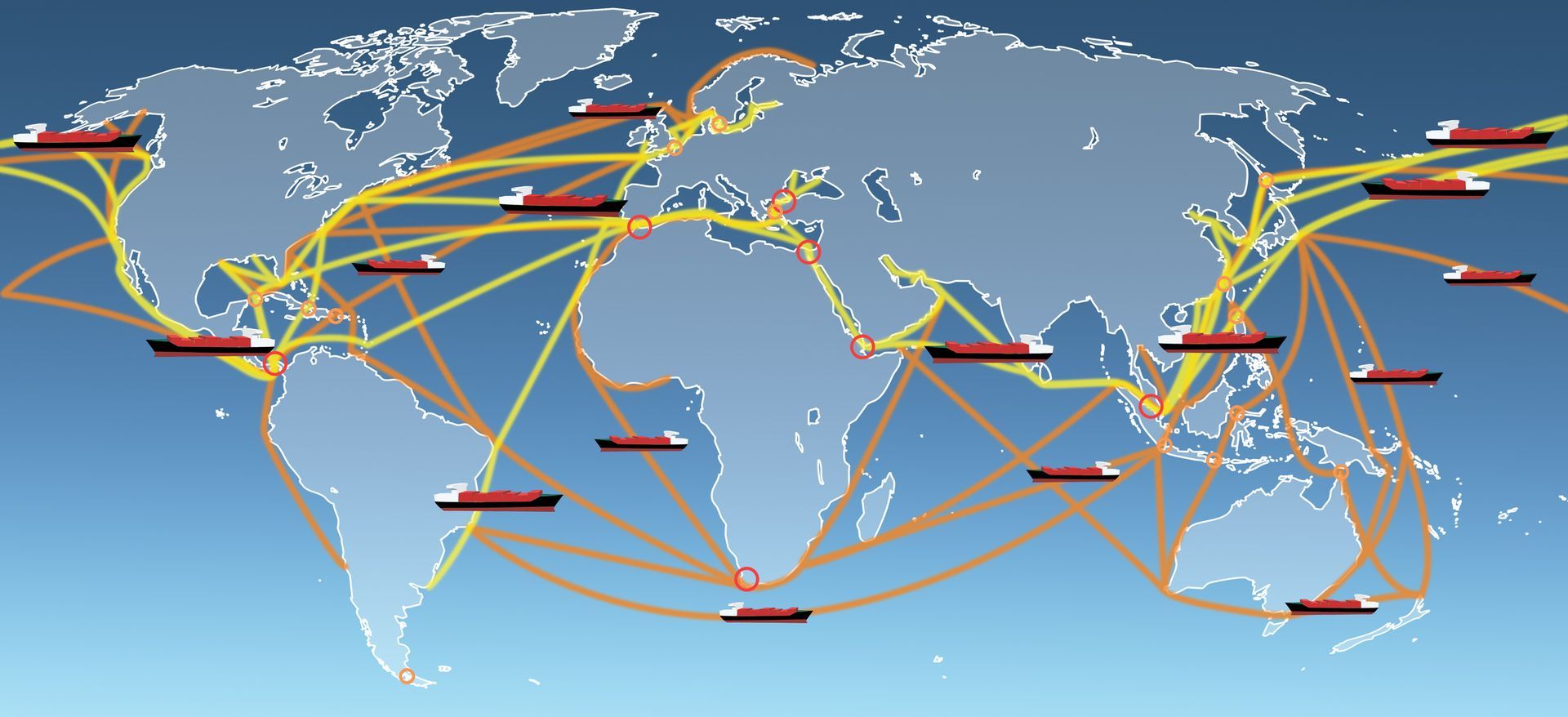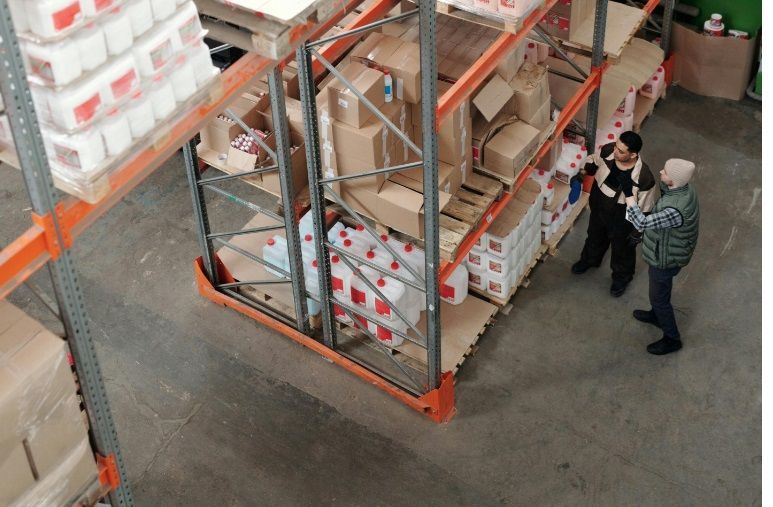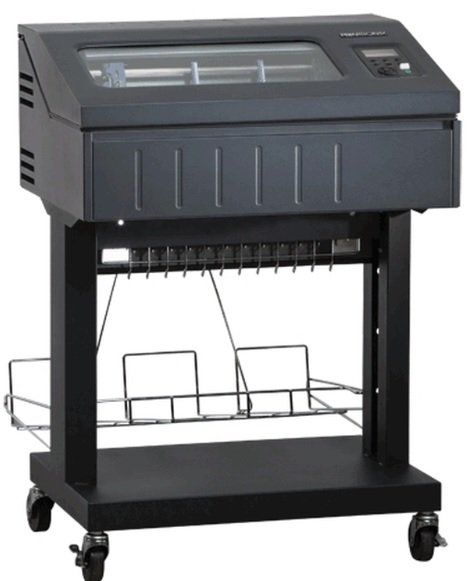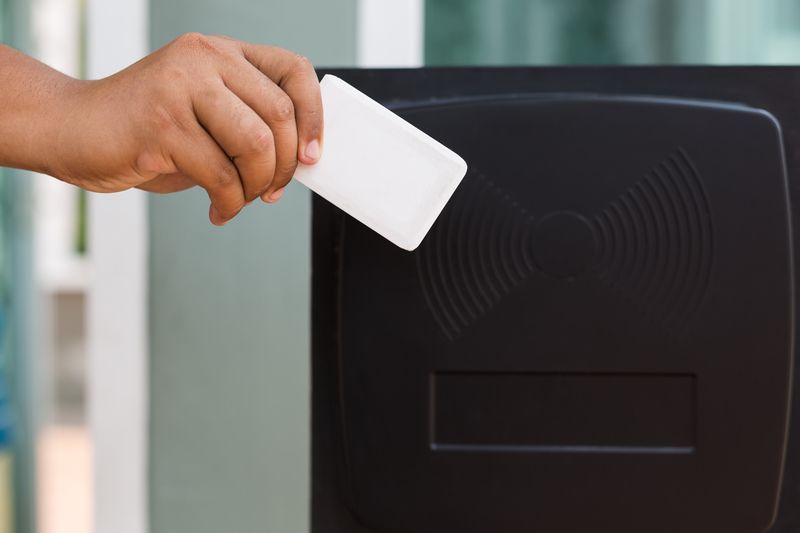How To Implement Mobile Technology in the Healthcare Industry During COVID-19 Crisis
How can healthcare facilities implement mobile strategies in today's world during this healthcare crisis?
Many small-scale heathcare providing facilities, as well as larger and more mainstream hospitals are today tasked with trying to contend with a hitherto daunting challenge. Especially when it comes to dealing with the deployment of mobile technology during the COVID-19 crisis.
In order to ensure the success of just about any mobile communication oriented technology, it is important that all of the concerned stakeholders are already on board and their recommendations have been given all due consideration. It would be ideal to develop a multidisciplinary team that should include not just the directors of the facility alone, but also their many other counterparts in other departments that may include pharmacy, nursing, physicians, ancillary care and other supporting departments such as HR,IT, and finance as well. Let us take a look at what such a strategy entails:
- Understanding the communication environment currently in place
Carefully assess the current capabilities as well as technologies that are being used by the various staff members of the facility, especially with regard to the different apps and devices that are used by them. Check and see which departments (and even individuals within departments) can derive benefits from a mobile technology solution.
- The major requirements for such a system
It is important to understand what is of prime
importance, so that it may be retained with unnecessary stuff being suitably
discarded. From the health facility point of view, roaming and absolute
reliability are the primary concerns here, with security (especially with
regard to patient privacy related issues) and workflow plans being the
secondary concerns.
- Select the various apps and
systems required to ensure seamless real time communication
It is imperative that all such mobile technology apps and devices should also include the identification of the various systems and their applications as well.
Determining the management of both alarms and other types of alerts
An ‘alarm management system’ is of pivotal importance since the ‘beepers’ of the devices typically carried by medical staff in general wont beep at all hours. This destroys the very concept of setting the alarm off in the first place, which is precisely why a priority system should be there to ensure that the most important alarms sound different from the ones that do not signify a real emergency.
- Plan out an implementation strategy
Once you have determined which system you will use, you may set different short, medium and long term goals for the same, along with a pre-determined timeline to implement them as well.
This is where Zebra’s highly innovative products come into the picture. They can help ensure that any medical facility can derive maximum benefits from the communication revolution that exists today.
For more information healthcare mobility device technologiesand patient wristband ID printeroptions, call us as (800) 643-2664
and immediately talk to one of our friendly representatives.




